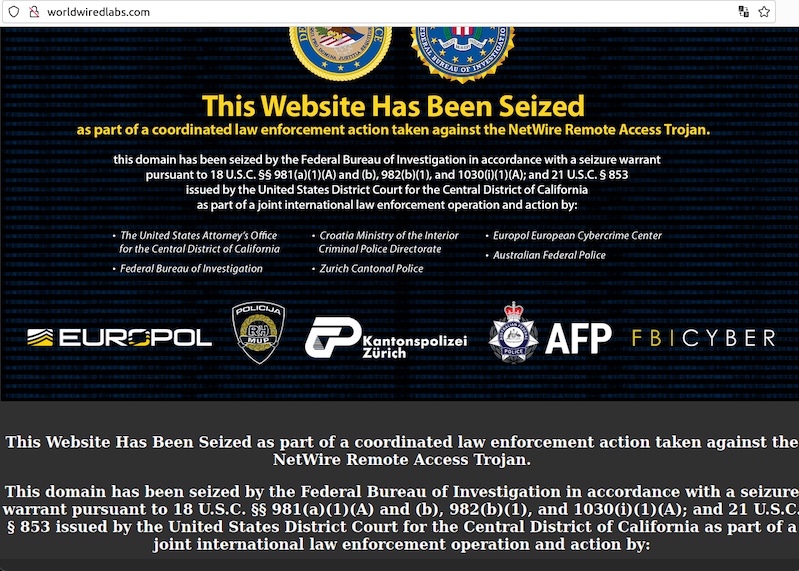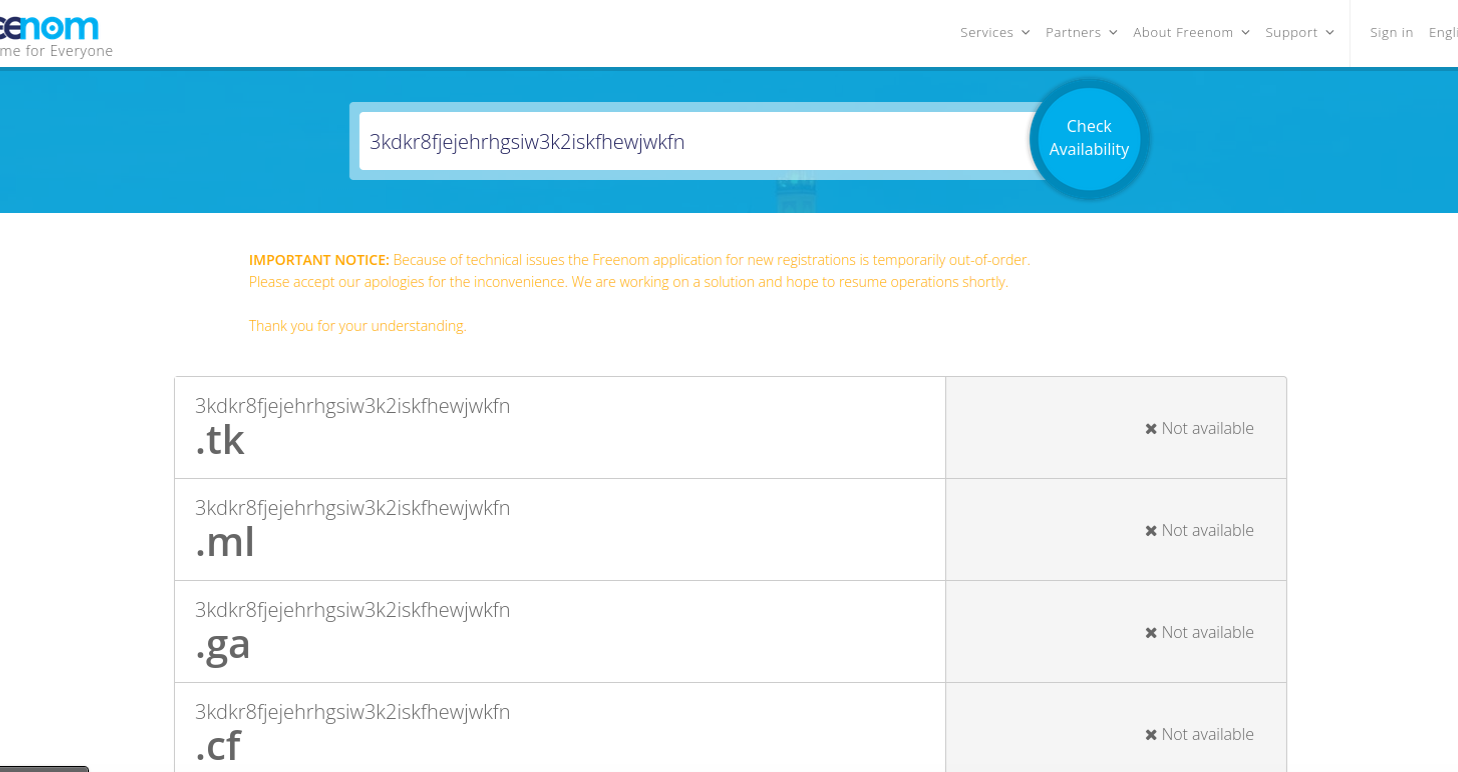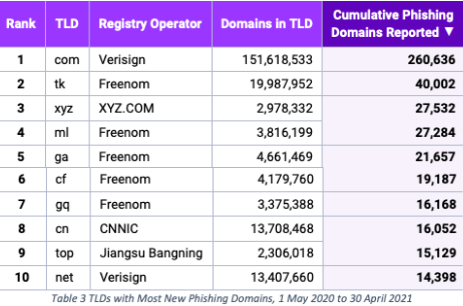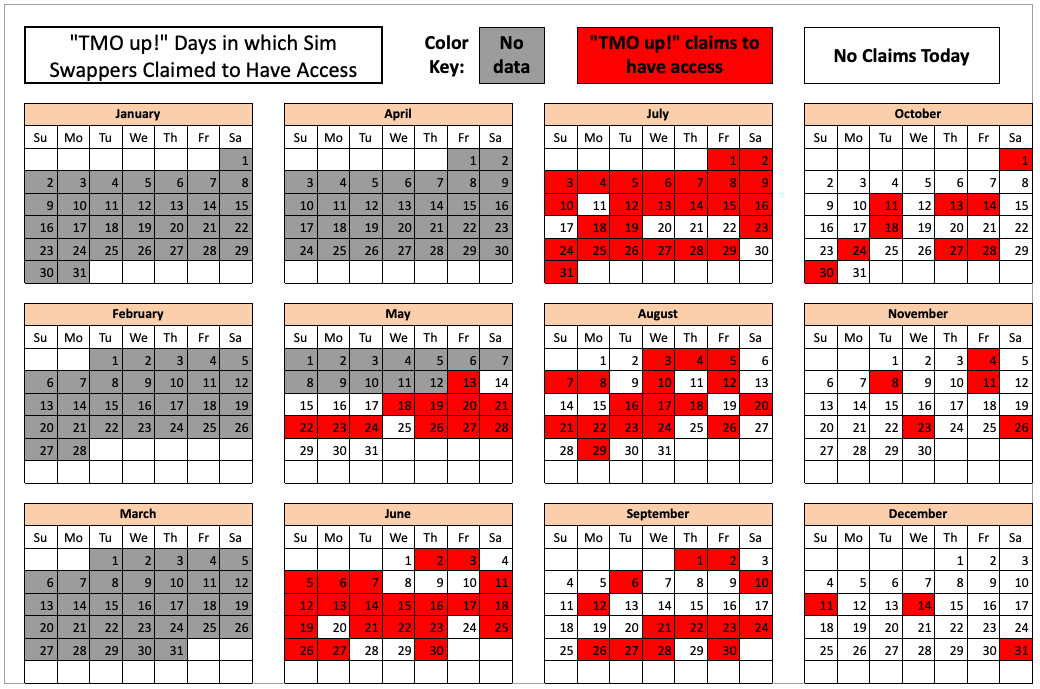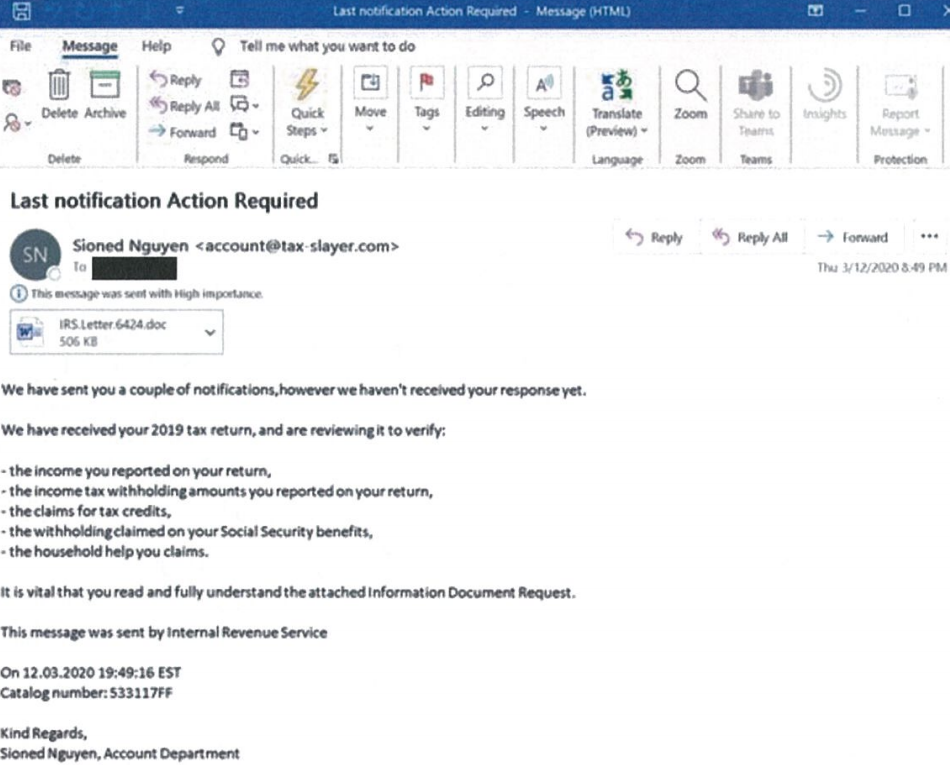Two U.S. men have been charged with hacking into a U.S. Drug Enforcement Agency (DEA) online portal that taps into 16 different federal law enforcement databases. Both are alleged to be part of a larger criminal organization that specializes in using fake emergency data requests from compromised police and government email accounts to publicly threaten and extort their victims.

Prosecutors for the Eastern District of New York today unsealed criminal complaints against Sagar Steven Singh — a.k.a “Weep” — a 19-year-old from Pawtucket, Rhode Island; and Nicholas Ceraolo, 25, of Queens, NY, who allegedly went by the handles “Convict” and “Ominus.”
The Justice Department says Singh and Ceraolo belong to a group of cybercriminals known to its members as “ViLE,” who specialize in obtaining personal information about third-party victims, which they then use to harass, threaten or extort the victims, a practice known as “doxing.”
“ViLE is collaborative, and the members routinely share tactics and illicitly obtained information with each other,” prosecutors charged.
The government alleges the defendants and other members of ViLE use various methods to obtain victims’ personal information, including:
-tricking customer service employees;
-submitting fraudulent legal process to social media companies to elicit users’ registration information;
-co-opting and corrupting corporate insiders;
-searching public and private online databases;
-accessing a nonpublic United States government database without authorization
-unlawfully using official email accounts belonging to other countries.
The complaint says once they obtained a victim’s information, Singh and Ceraolo would post the information in an online forum. The government refers to this community only as “Forum-1,” saying that it is administered by the leader of ViLE (referenced in the complaint as “CC-1”).
“Victims are extorted into paying CC-1 to have their information removed from Forum-1,” prosecutors allege. “Singh also uses the threat of revealing personal information to extort victims into giving him access to their social media accounts, which Singh then resells.”
Sources tell KrebsOnSecurity in addition to being members of ViLE, both Weep and Ominous are or were staff members for Doxbin, a highly toxic online community that provides a forum for digging up personal information on people and posting it publicly. This is supported by the Doxbin administrator’s claimed responsibility for a high-profile intrusion at the DEA’s law enforcement data sharing portal last year.
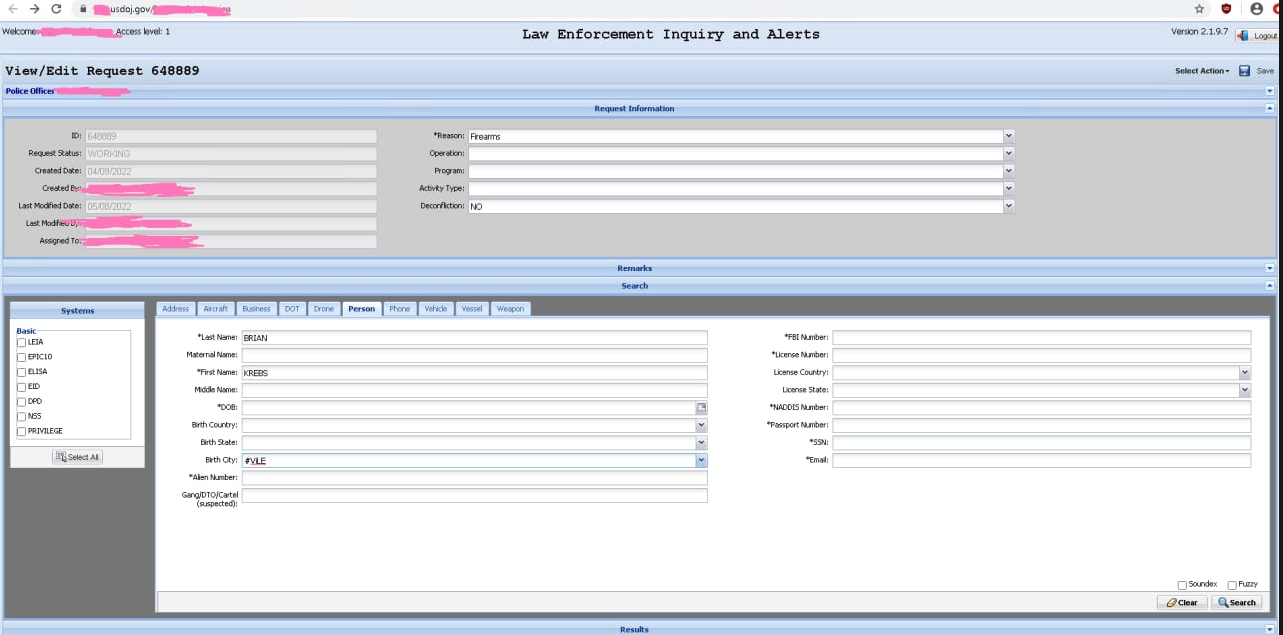
A screenshot of alleged access to the Drug Enforcement Agency’s intelligence sharing portal, shared by “KT,” the current administrator of the doxing and harassment community Doxbin.
The government alleges that on May 7, 2022, Singh used stolen credentials to log into a U.S. federal government portal without authorization. The complaint doesn’t specify which agency portal was hacked, but it does state that the portal included access to law enforcement databases that track narcotics seizures in the United States.
On May 12, 2022, KrebsOnSecurity broke the news that hackers had gained access to a DEA portal that taps into 16 different federal law enforcement databases. As reported at the time, the inside scoop on how that hack went down came from KT, the current administrator of the Doxbin and the individual referenced in the government’s complaint as “CC-1.”




